- Home
- Articles
- Architectural Portfolio
- Architectral Presentation
- Inspirational Stories
- Architecture News
- Visualization
- BIM Industry
- Facade Design
- Parametric Design
- Career
- Landscape Architecture
- Construction
- Artificial Intelligence
- Sketching
- Design Softwares
- Diagrams
- Writing
- Architectural Tips
- Sustainability
- Courses
- Concept
- Technology
- History & Heritage
- Future of Architecture
- Guides & How-To
- Art & Culture
- Projects
- Interior Design
- Competitions
- Jobs
- Store
- Tools
- More
- Home
- Articles
- Architectural Portfolio
- Architectral Presentation
- Inspirational Stories
- Architecture News
- Visualization
- BIM Industry
- Facade Design
- Parametric Design
- Career
- Landscape Architecture
- Construction
- Artificial Intelligence
- Sketching
- Design Softwares
- Diagrams
- Writing
- Architectural Tips
- Sustainability
- Courses
- Concept
- Technology
- History & Heritage
- Future of Architecture
- Guides & How-To
- Art & Culture
- Projects
- Interior Design
- Competitions
- Jobs
- Store
- Tools
- More
Blending Function And Beauty: The New Era Of Home Design
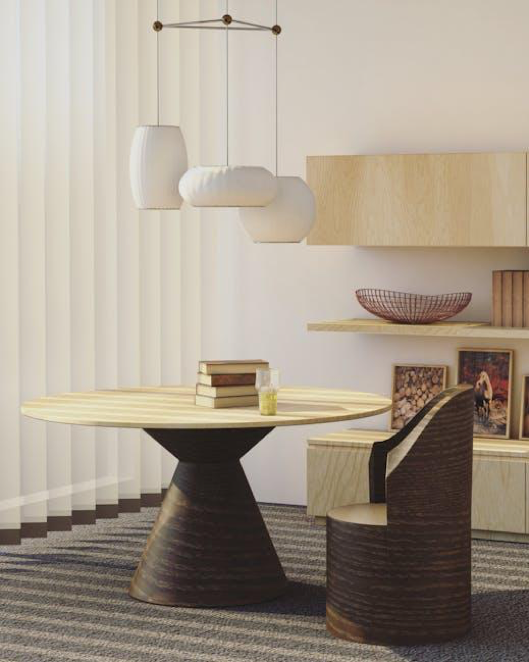
Home design is undergoing a remarkable transformation. Homeowners are looking for designs that express their personal style and features that promote sustainability and efficiency. This holistic approach has led to innovative solutions that redefine how we perceive our living environments.
From kitchen layouts that prioritize workflows to living spaces that create connection, the possibilities are endless. Getting familiar with the latest design trends can help homeowners make informed choices that reflect their values and preferences.
Table of Contents
ToggleThe Role of Functionality in Modern Design
Today’s homeowners expect their spaces to serve multiple purposes and remain visually appealing. Kitchens can be multifunctional hubs where family and friends gather for cooking, socializing, and entertaining. Open floor plans help create a seamless flow between indoor and outdoor spaces, making homes feel more expansive and inviting.
Careful consideration is given to storage solutions that minimize clutter while maximizing utility. Integrating smart technology throughout a home, from automated lighting to energy-efficient appliances, further enhances functionality. Homeowners appreciate having their needs met through intelligent design choices that simplify their daily lives.
Collaboration with Professional Contractors
The complexity of modern design principles necessitates collaboration with skilled professionals to achieve a cohesive vision. Homeowners who prioritize quality and craftsmanship engage professionals who understand current trends and materials. If you need to repair or replace your roof, look into professional roofing contractors like Omega Roofing, who specialize in sustainable and aesthetically pleasing solutions. They can guarantee that the design is effectively implemented while adhering to safety and building regulations.
Collaborating with experienced contractors allows for optimal planning and execution, resulting in higher satisfaction with the final product. Engaging with others in the industry can bring fresh perspectives, innovative ideas, and specialized skills that can elevate a home’s design beyond basic expectations.

Sustainability in Home Design
With growing concerns about environmental impact, homeowners are favoring designs that utilize eco-friendly materials and energy-efficient systems. Builders now frequently incorporate sustainable practices, such as using recycled materials or designing for energy efficiency, into their projects. The result is a home that minimizes its carbon footprint and maximizes comfort and style. Solar panels, green roofs, and energy-efficient windows contribute to long-term savings and reduced environmental impact.
Native landscaping helps maintain local ecosystems and conserves water. As sustainability continues to gain traction, a home’s value is linked to its eco-friendly features, making them necessary for modern buyers.
Versatility in Spaces
For smaller living environments, versatility is a characteristic of contemporary home design. The trend toward multi-functional spaces allows homeowners to adapt their homes according to different needs and activities. A guest bedroom can easily transform into a home office or hobby room with the right furnishings. Modular furniture items are on the rise for easy reconfiguration of spaces.
Designers are incorporating elements that aid quick transitions between different uses, like foldable desks or Murphy beds. This versatility improves the efficiency of smaller homes and the living experience. Creating spaces that can be easily adapted to various activities is key to maximizing functionality without sacrificing style.
The Rise of Indoor-Outdoor Living
Homeowners are seeking ways to connect their indoor spaces with their outdoor areas. This design shift encourages a lifestyle that embraces nature and promotes well-being and tranquility. Large sliding or bi-fold doors can create an expansive opening to patios or gardens, transforming how spaces are utilized.
Outdoor kitchens, lounges, and dining areas encourage entertaining and spending quality time with family and friends. Natural materials create cohesive aesthetics between indoors and out. Emphasizing indoor-outdoor living maximizes space and encourages a healthy lifestyle by fostering a strong connection with nature.
Smart Technology in Home Design
From smart thermostats to integrated home security systems, homeowners want convenience and peace of mind. These technologies increase the functionality of a home and add a layer of luxury. Intelligent systems can monitor energy consumption, schedule home maintenance, and provide remote access to appliances and security features.

Integrating smart technology can simplify everyday tasks and make them more manageable for busy individuals or families. With the right implementation, smart technology can elevate the experience of living in a well-designed home, merging function with sophistication.
The Aesthetic Element
The desire for beauty is intrinsic to the human experience, influencing emotions and perceptions. Contemporary design embraces the idea that functional elements can be visually stunning. Designed cabinetry can provide storage and double as a beautiful focal point.
Lighting can be functional and decorative, with fixtures that serve as artwork in their own right. Color palettes and textures greatly impact a space’s beauty, allowing for individual expression and better functionality. Paying attention to the details will add to the experience of any living space.
The new era of home design represents an exciting blending of function and beauty. As homeowners become more discerning, the emphasis on sustainability and versatility continues to grow. Incorporating smart technology and engaging skilled professionals leads to environments that improve quality of life and better express personal style. Today’s designs cater to the need for multifunctional, eco-friendly, and aesthetically pleasing spaces that adapt to the demands of modern life.
illustrarch is your daily dose of architecture. Leading community designed for all lovers of illustration and #drawing.
Submit your architectural projects
Follow these steps for submission your project. Submission FormLatest Posts
Architecture Sketch: Essential Techniques and Modern Practices
You need sketching to think through space, communicate ideas fast, and test...
The Hidden Dangers Lurking in Malfunctioning Elevators
Elevators are routine enough that people rarely think about failure. Thousands step...
What Architectural Firms Prioritize When Selecting Professional Software
Architects need tools that help them think clearly and deliver on time....
Online 3D Terrain Mapping Tools for Urban and Landscape Design in 2025
A curated guide to the best online 3D terrain mapping tools in...





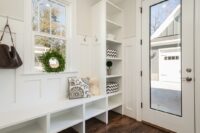


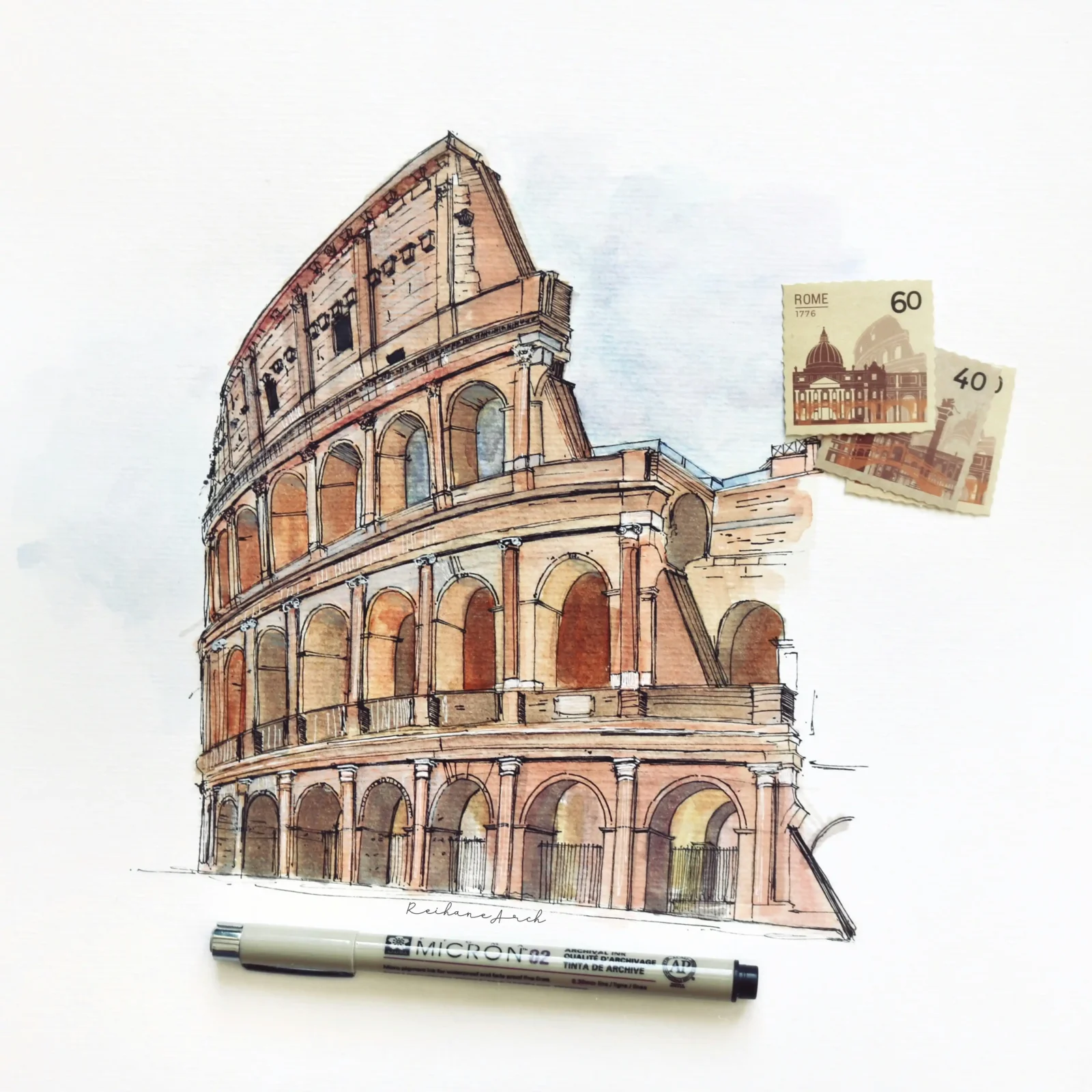
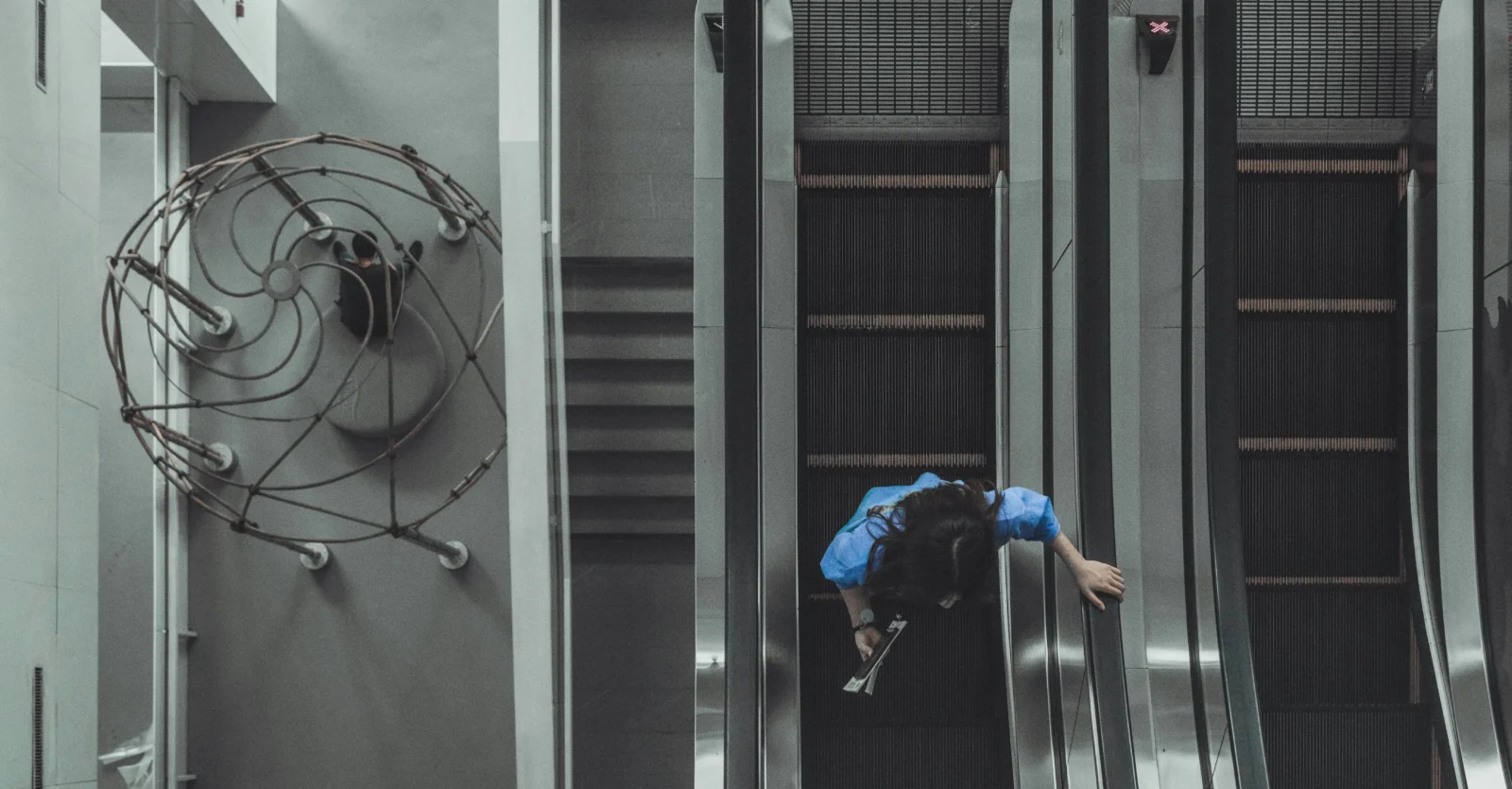
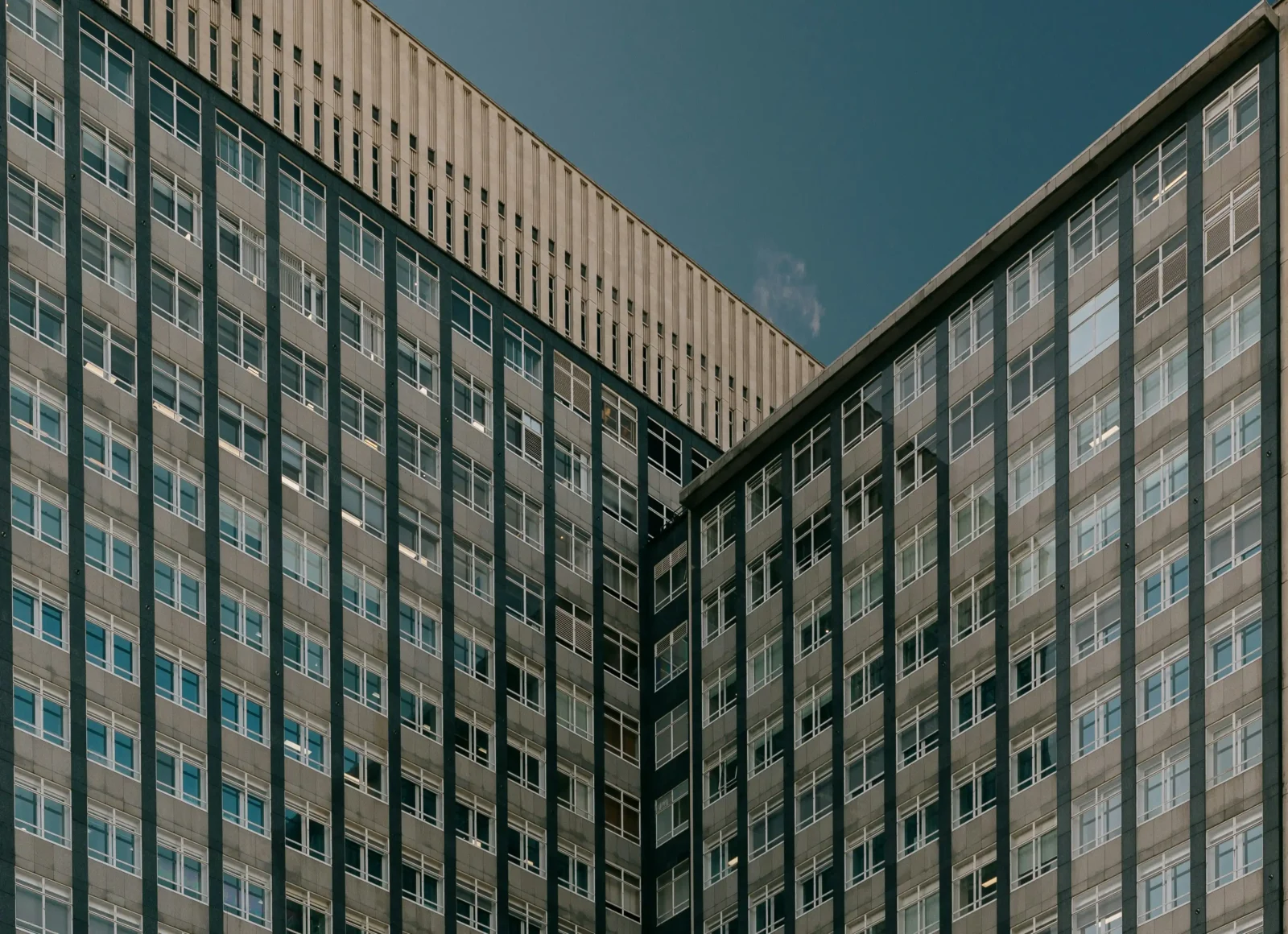
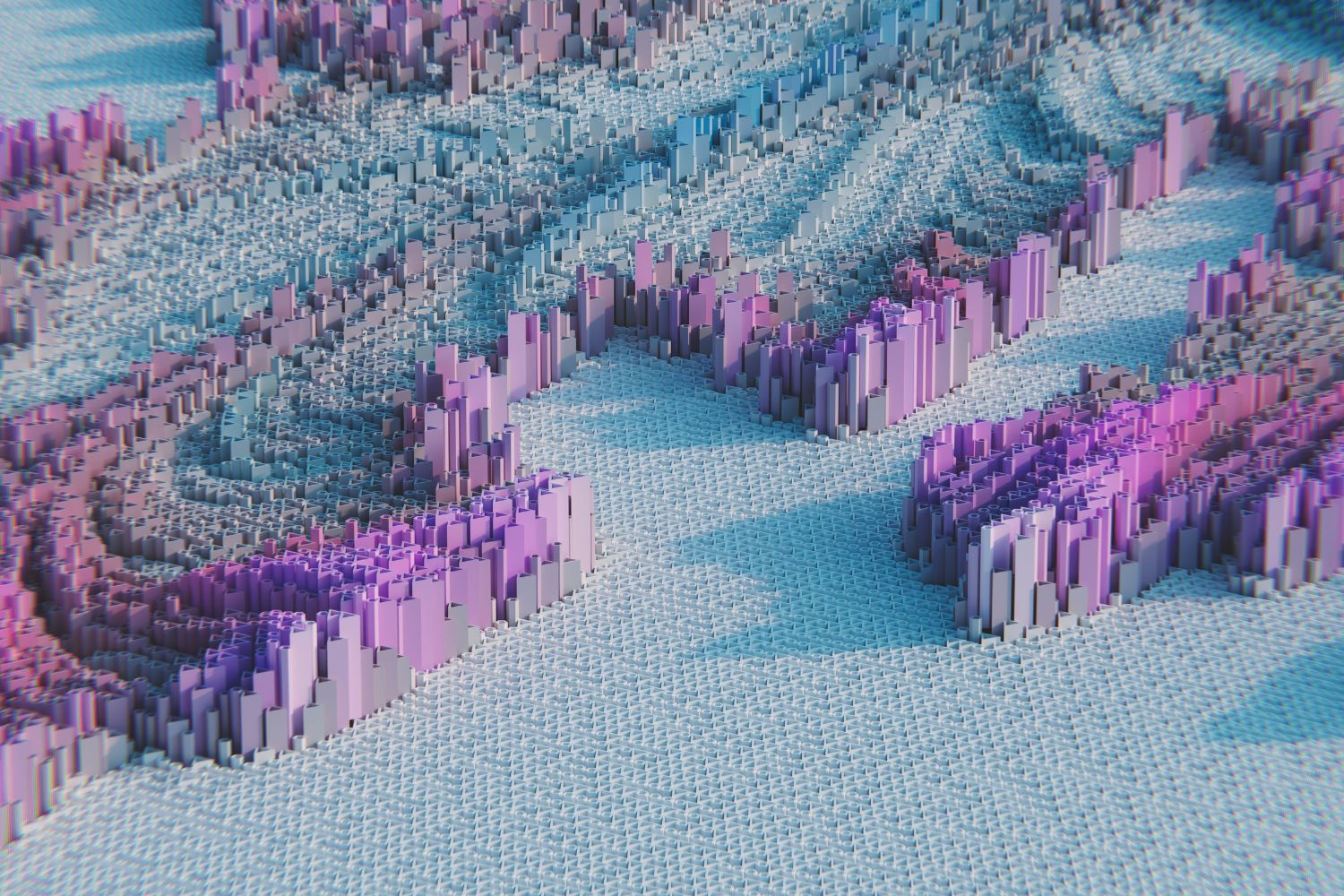
Leave a comment